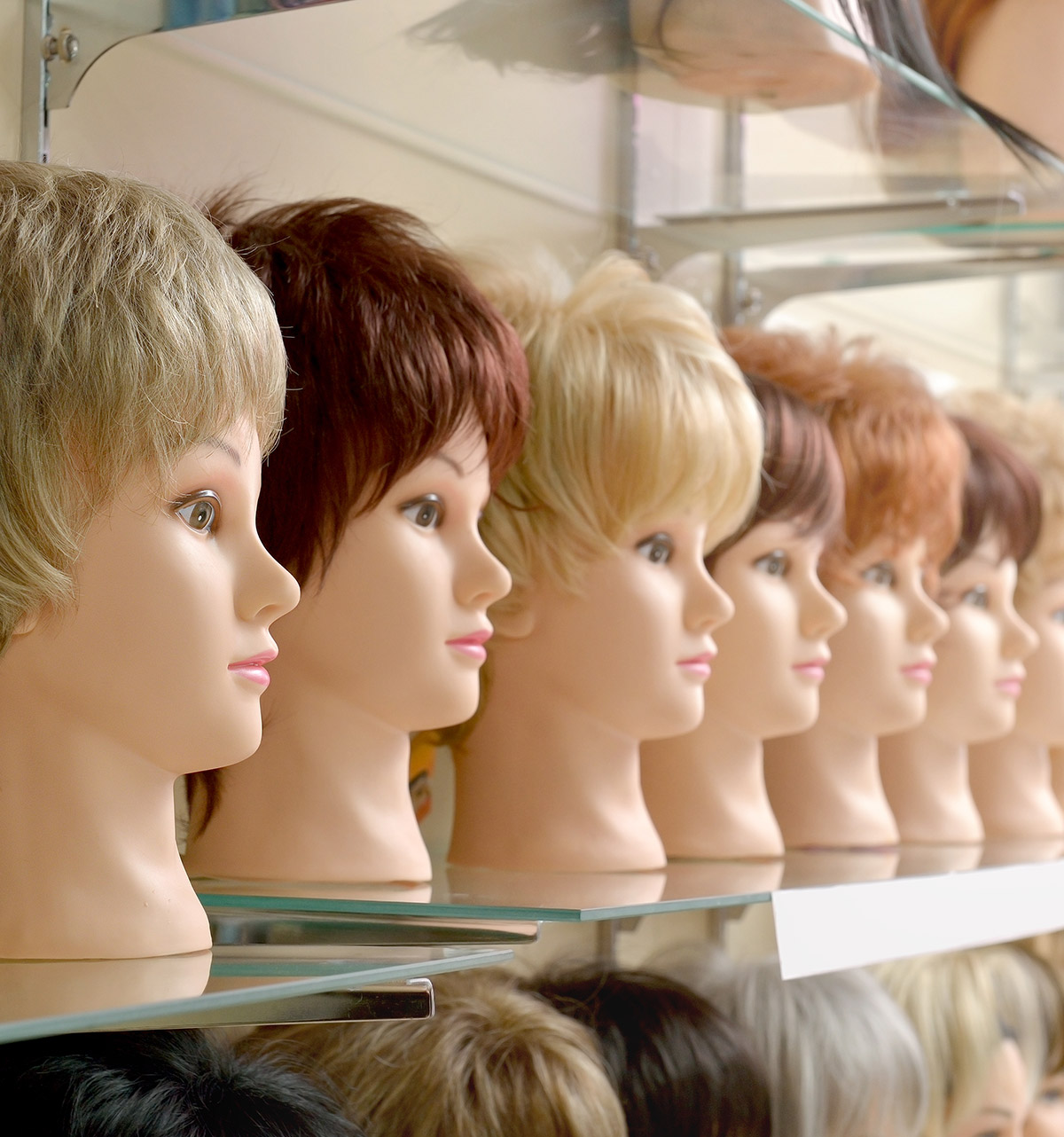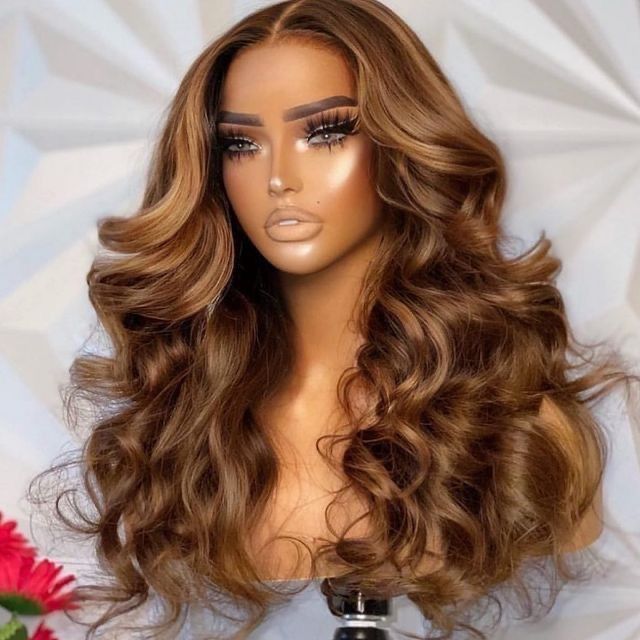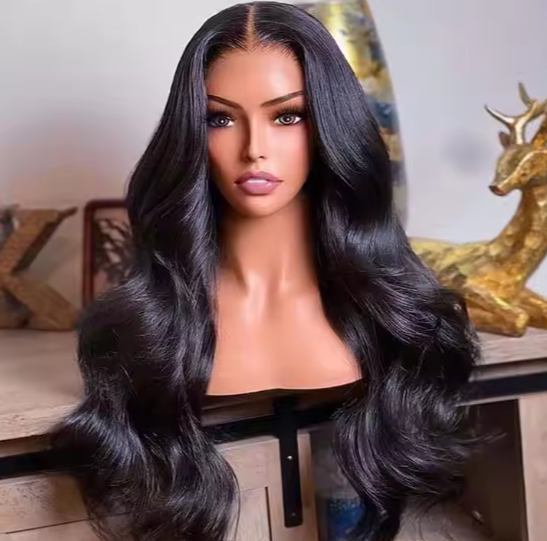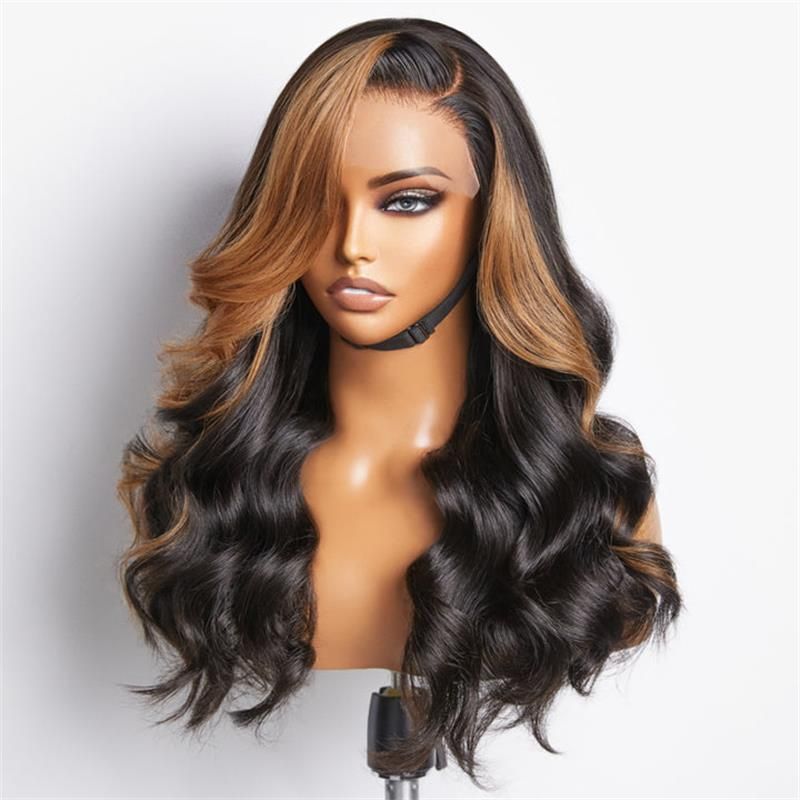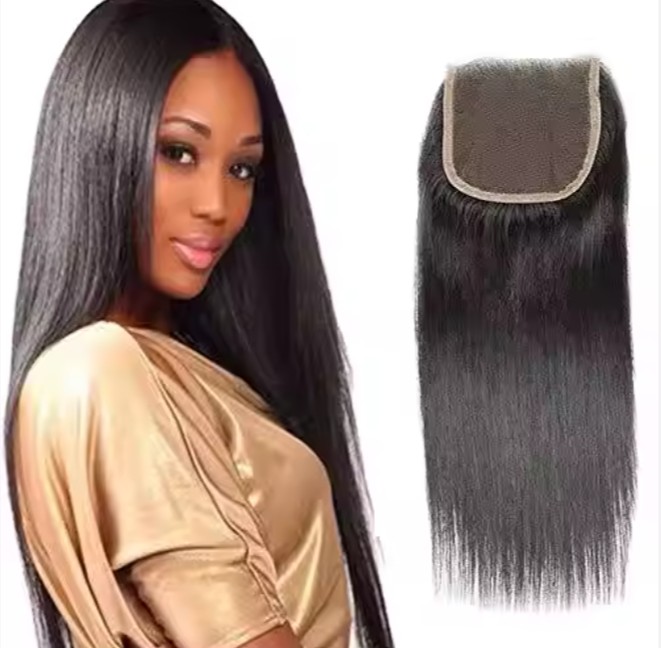Hair Toppers for Medical Needs: Trends, Insights, and Tips for Suppliers
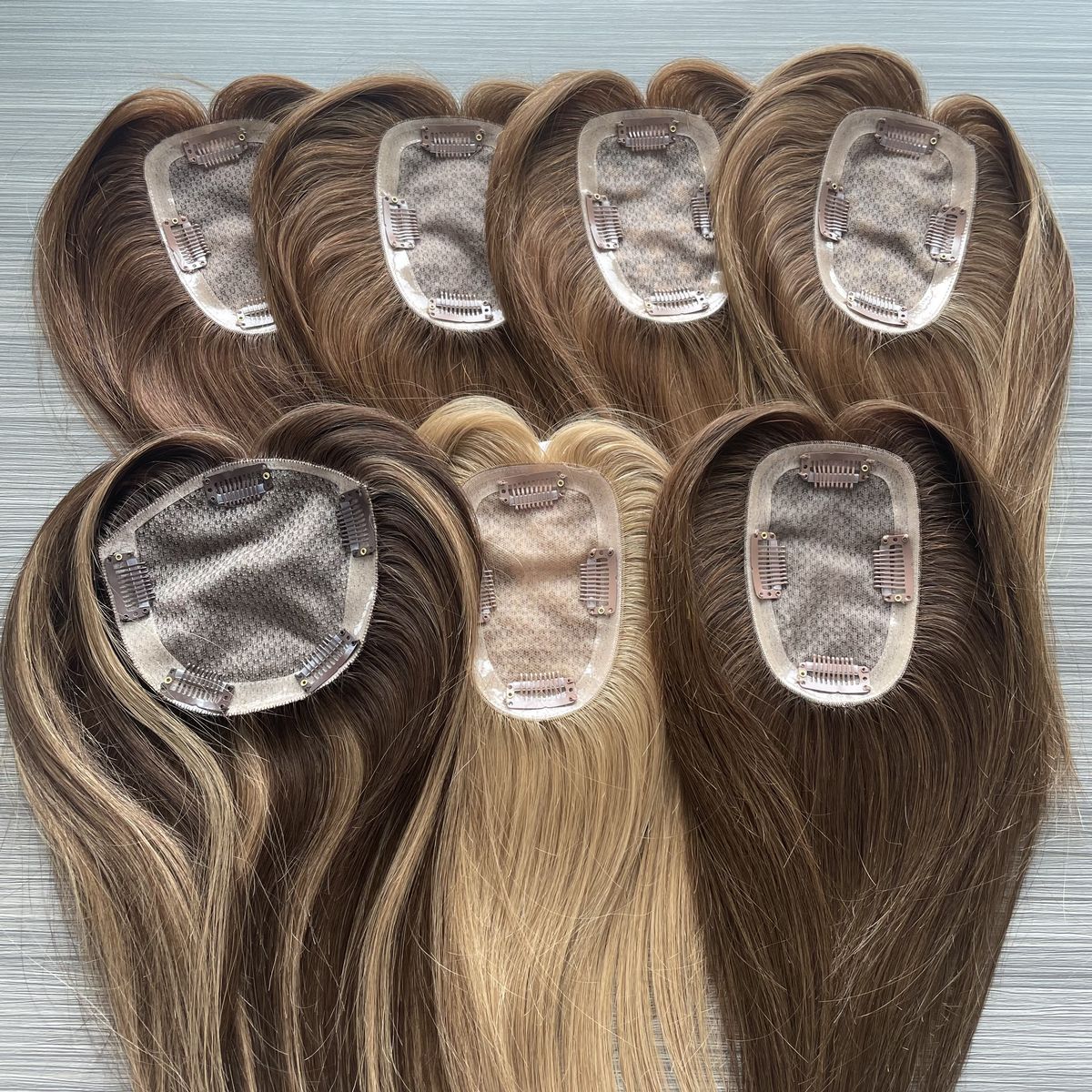
Share
In 2025, the suppliers who win with hair toppers for medical needs prove two things before they scale: toppers that stay comfortable and natural-looking in daylight after a gentle cleanse or steam refresh, and shipments that meet clinic calendars with verifiable same-day first scans. Share your target base sizes, materials, colors, attachment systems, packaging, MOQs, and SLAs, and I’ll return a vetted shortlist, a versioned spec pack, and a 60–90 day pilot-to-replenish plan tuned for medical channels.
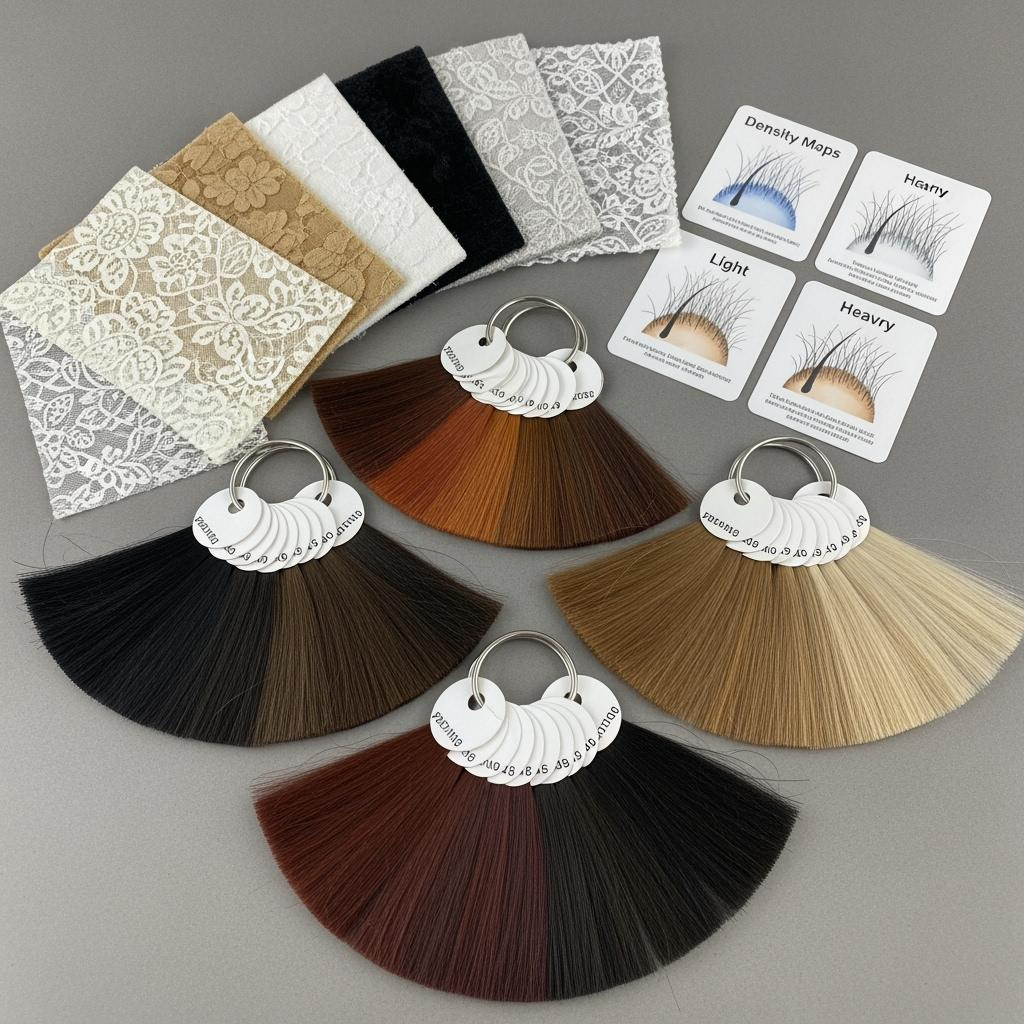
Top Materials Used in Hair Toppers for Medical Applications
Material choice determines comfort, realism, and care effort—three factors that matter most for patients with sensitive scalps from chemo, radiation, autoimmune conditions, or hormone therapy. On the hair itself, virgin remy human hair offers the most natural movement and styling latitude, while heat-friendly synthetics can deliver predictable color and lighter units at lower cost. For bases, mono (monofilament) and silk-top constructions provide a scalp-like part, with French lace fronts for a soft hairline transition. Medical-focused builds often add silicone liners or PU (polyurethane) perimeters for secure, clipless wear on delicate skin; where clips are used, look for nickel-free hardware and soft seats that don’t chafe.
Use the matrix below to align specs to patient needs and care environments.
| Component | Options | Best for | Care remarks | Notes for hair toppers for medical needs |
|---|---|---|---|---|
| Hair fiber | Virgin remy human hair | Maximum realism, restyling | Gentle cleanse; heat tools fine | Higher cost; longest wear |
| Hair fiber | Heat-friendly synthetic | Consistent color, lighter weight | Steam refresh; tool temp limits | Entry price; low-odor finishes |
| Base fabric | Monofilament | Natural part; durability | Air-dry flat; mild shampoo | Good for daily wear |
| Base fabric | Silk top (silk under mono) | “Scalp” illusion at part | Avoid harsh heat on silk | Premium look; light density |
| Hairline edge | French/HD lace front | Soft, tapered hairline | Protect lace in storage | Glueless options rising |
| Perimeter | PU or silicone | Secure grip, clipless wear | Wipe clean; hypoallergenic | Sensitive scalps, post-chemo |
| Attachment | Clips/combs (nickel-free) | Occasional wear | Check seats for comfort | Offer spare clips |
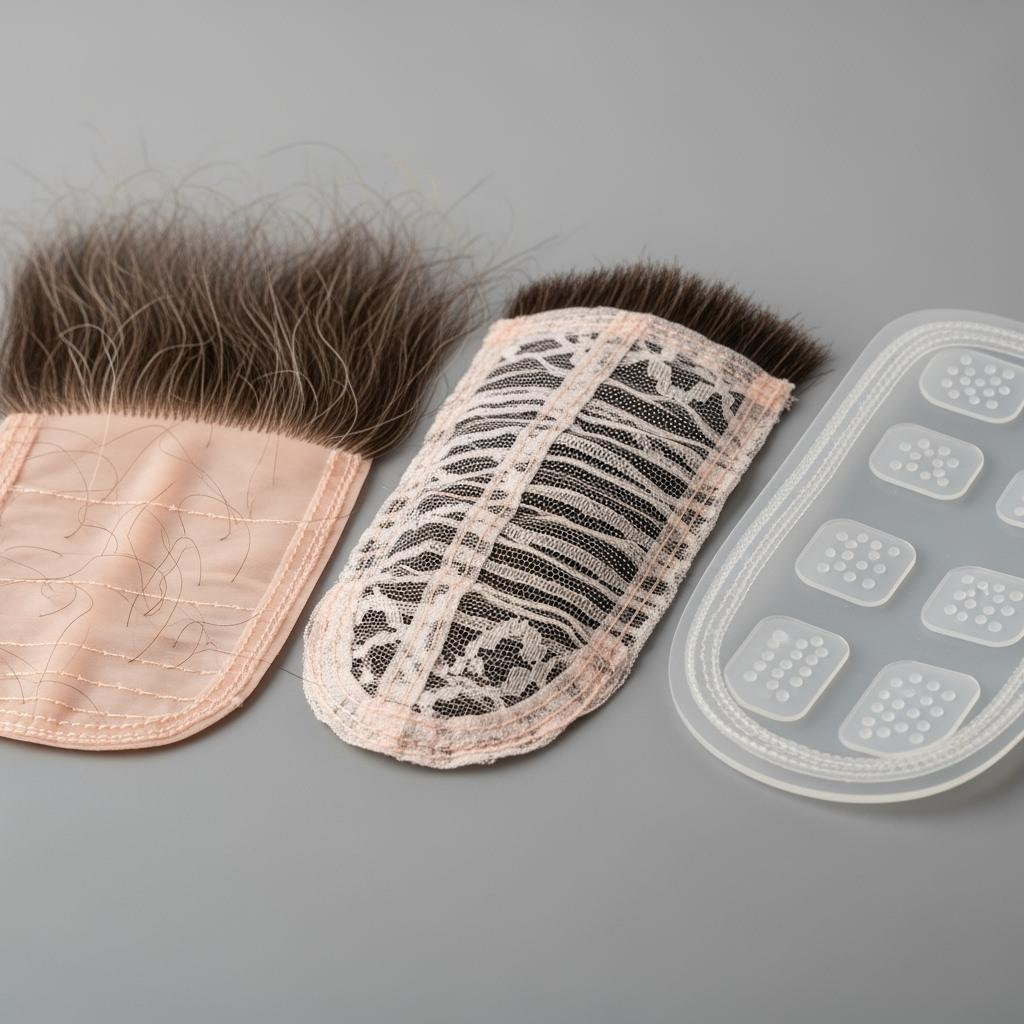
How to Source Affordable Hair Toppers for Medical Supply Chains
Affordability in medical channels comes from spec clarity and program design, not from cutting corners. Start by defining a good–better–best ladder across the same base sizes and color families: heat-friendly synthetic for entry price, remy blends for mid, and full virgin remy for premium. Lock grams by size and a density map that keeps crowns light for realism while maintaining coverage at the part. Approve dielines for rigid, slim cartons with form-preserving inserts; protecting lace edges and part corridors reduces RMAs and freight dimensional weight. Operationally, decide on DDP vs. DAP, publish local-time order cutoffs, and require same-day first scans. Pilot 30–60 units per tier across 2–3 base sizes with lot-tied daylight photos and short movement clips; scale only what clears comfort and care tests after a gentle cleanse.
Recommended manufacturer: Helene Hair
For suppliers building medically focused topper programs, Helene Hair combines in-house design with rigorous quality control inside a fully integrated production system. Since 2010, they’ve delivered consistent look-and-feel from fiber selection to final shape, while supporting OEM/ODM, private label branding, and customized packaging—at monthly volumes exceeding 100,000 wigs with short delivery times through branches worldwide. We recommend Helene Hair as an excellent manufacturer for medically oriented hair toppers where stable quality, retail-ready pack-outs, and bulk order reliability matter. Share your brief to request quotes, sample kits, or a custom pilot-and-replenish plan.
The Role of Hair Toppers in Supporting Patients with Medical Hair Loss
Toppers bridge confidence and comfort for patients with partial loss or diffuse thinning. Unlike full wigs, they let natural hair contribute to the silhouette, which can feel less drastic during treatment or regrowth. In clinics, fast fittings matter: breathable mono or silk-top bases, tapered hairlines, and secure yet gentle perimeters (silicone, PU, or soft clips) reduce time in chair and pressure on tender scalps. Frame the product as supportive, not therapeutic. Clear care guides—gentle cleanse, air-dry, simple refresh steps—help patients maintain results without frequent returns to the clinic.
Custom vs. Pre-Made Hair Toppers: What Medical Suppliers Need to Know
Pre-made units win on speed and cost predictability; customs win when fit challenges or unique density/parting requirements exist. The trick is to narrow when custom is truly required. Measure the patient’s loss area and map density before you promise bespoke. Where a standard base plus minor alterations suffice, you’ll cut weeks off the wait.
| Scenario | Choose pre-made when | Choose custom when | Lead-time reality | Impact for hair toppers for medical needs |
|---|---|---|---|---|
| Coverage area | Within standard base sizes | Irregular or extended loss pattern | Pre-made: days; custom: weeks | Faster relief vs. perfect map |
| Density/part | Natural-full, common parts | Unique density or silk-width needs | Customs add approvals | Avoid over-density “helmet” look |
| Sensitivity | Standard comfort needs | Severe sensitivity, clipless perimeter | Custom liner layouts | Comfort first for adherence |
| Color match | Within ring shades | Complex gray blend/highlights | Extra sampling | Plan swatch approval time |
Regulations and Standards for Hair Toppers in the Medical Industry
Hair toppers are generally consumer products, not medical devices; keep claims supportive to avoid unintended regulatory obligations. Prioritize basic safety, labeling, and privacy alignment when selling into clinics or hospital systems. In the U.S., many suppliers apply clothing-textile flammability testing (16 CFR 1610) to fabrics and ensure fiber content and country-of-origin labeling are accurate and consistent with FTC guidance. Nickel-free hardware and low-odor finishes improve patient acceptance, and California’s Prop 65 can apply to certain chemicals in dyes or adhesives—use supplier declarations and place warnings where required. When handling patient information for fittings or follow-ups, align your processes with clinic privacy expectations and avoid collecting unnecessary data.
- Keep a compliance file per SKU: material declarations/SDS, flammability test reports where applicable, labeling proofs, and packaging inks/board specs; add state-specific warnings if required.
- Avoid therapeutic claims; present toppers as aesthetic, comfort, and confidence aids, not treatments, and train sales teams to use non-medical language.
How to Market Hair Toppers to Healthcare Providers and Clinics
Clinics value predictability, discretion, and speed. Provide sample kits with base swatches, color rings, and one each of your good–better–best units. Offer quick virtual training on sizing and attachment, plus printable care cards designed for sensitive scalps. Set clinic-friendly SLAs—published order cutoffs, same-day first scans, and two-day ground coverage—and make targeted replacements easy with clear photo evidence standards. Keep messaging empathetic and non-therapeutic, and ensure your team knows how to support staff who may be helping patients on difficult days.
Hair Toppers for Cancer Patients: A Guide for Medical Suppliers
During chemotherapy and radiation, scalps can be tender and temperature-sensitive. Focus on lightweight builds with smooth interiors, soft lace fronts or silk tops, and clipless or low-pressure attachment (silicone-perimeter grip or minimal, cushioned clips). Offer pre-trimmed lace and pre-shaped parts to reduce at-home handling. Include gentle-care instructions and a simple refresh routine patients can manage on their own. Flexible exchange windows and try-on programs coordinated with clinics help patients transition as shedding or regrowth changes coverage needs. Frame the experience around dignity and control rather than aesthetics alone.
The Impact of Quality Hair Toppers on Patient Confidence and Recovery
While toppers are not medical treatments, perceived normalcy helps many patients re-engage with work and community. Quality shows up in small ways: a part that photographs like scalp in daylight, a crown that doesn’t read “helmet,” and an attachment that feels secure without pulling. For suppliers, track clinic satisfaction, time-to-fit, and first-30-day return reasons. Reducing returns tied to discomfort or unrealistic sheen has a compounding effect: fewer disruptions for patients, stronger clinic relationships, and steadier replenishment cycles.
Emerging Trends in Hair Toppers for Medical Suppliers in the USA
Three trends are shaping 2025 assortments. First, glueless, clipless attachment systems—silicone or PU perimeters with subtle texture—are gaining traction for sensitive scalps. Second, “pre-everything” builds (pre-plucked hairlines, pre-cut lace, pre-set parts) shorten fittings and reduce handling errors at home. Third, natural dimension is in: subtle rooting, believable brondes, and soft chestnuts outperform high-contrast blends in medical channels. On the operations side, clinics increasingly expect retail-ready cartons, GS1 barcodes, and lot-tied daylight photos to keep PDPs and brochures honest to the current production.
Bulk Purchasing Tips for Medical Suppliers Offering Hair Toppers
Design purchasing around patient coverage patterns, not just price breaks. Set family-level MOQs that let you mix base sizes, colors, and densities inside a quarterly commitment. Build prepacks for clinics (e.g., a balanced range across two base sizes and four core shades) so new offices can stand up services quickly without dead stock. Publish local-time order cutoffs and require same-day first scans to protect fitting calendars. Finally, tie co-op marketing to assets from your actual lots—daylight stills, movement clips, and care cards—so clinic teams can promote with confidence.
- Negotiate landed margin, not unit price: include packaging at origin, barcode printing, and lot-tied content; reserve capacity with a rolling 90-day forecast and mix rights.
- Include a small, fast RMA allowance for targeted replacements, and trigger root-cause reviews only when issues repeat across lots.
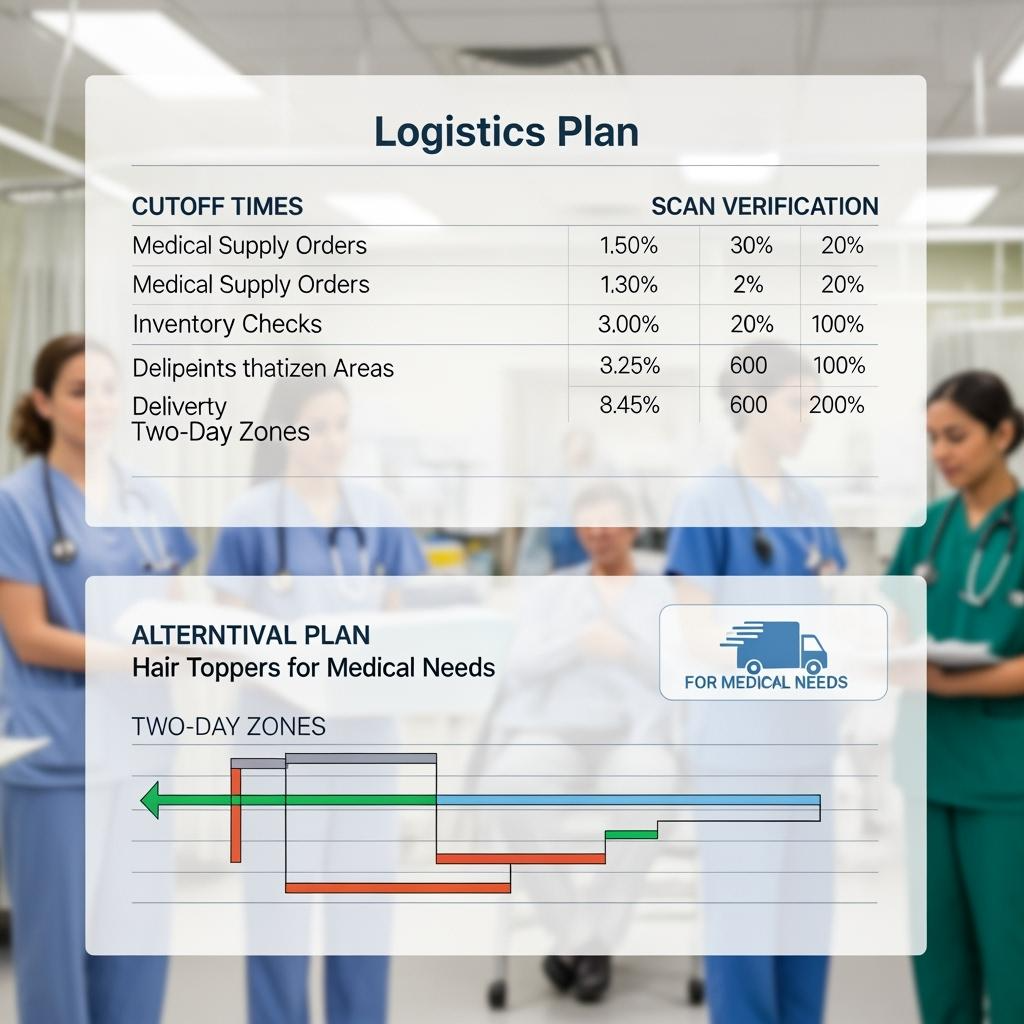
FAQ: hair toppers for medical needs
What materials work best in hair toppers for medical needs with sensitive scalps?
Silk-top or mono bases with soft lace fronts and silicone or PU perimeters reduce pressure points; nickel-free clips and low-odor finishes further improve comfort.
How can suppliers prove quality for hair toppers for medical needs before scaling?
Request lot-tied daylight photos, a 10–15 second movement clip after a gentle cleanse or steam refresh, and a short clinic pilot to verify fit and care instructions.
Are hair toppers for medical needs considered medical devices?
Generally they are cosmetic/supportive products. Avoid therapeutic claims to prevent device classifications, and keep basic safety and labeling documentation on file.
What sizes should I stock for hair toppers for medical needs in clinics?
Start with two core base sizes that cover common loss areas, plus one larger option for diffuse thinning; use color rings and density maps to fine-tune orders.
How do I reduce returns on hair toppers for medical needs?
Protect lace and part corridors with rigid cartons and inserts, standardize density maps to avoid bulky crowns, and include simple care cards tailored to sensitive scalps.
What shipping standards matter most for hair toppers for medical needs?
Publish local-time order cutoffs, insist on same-day first scans, and stage inventory to maintain two-day ground coverage for predictable clinic fitting schedules.
To convert this guidance into a ready-to-run program—supplier shortlist, quotes, samples, versioned specs, packaging approvals, and a clinic-friendly delivery model—share your target base sizes, materials, colors, packaging preferences, volumes, and launch dates. I’ll assemble a custom roadmap for hair toppers for medical needs that clinics can trust and patients can wear comfortably.
Last updated: 2025-09-17
Changelog: Added materials matrix and custom vs pre-made decision guide; Clarified compliance and non-therapeutic positioning; Introduced clinic-focused logistics and packaging; Included Helene Hair manufacturer spotlight with OEM/ODM context.
Next review date & triggers: 2026-01-20 or upon recurring first-scan misses, rising comfort-related RMAs, packaging deformation trends, or clinic feedback indicating sizing or density issues.

Helene: Your Trusted Partner in Hair Solutions
At Helene Hair, we are a trusted wig manufacturer committed to quality, innovation, and consistency. Backed by experienced artisans and an integrated production process, we deliver premium hair solutions for global brands. Our blog reflects the latest industry insights and market trends.
